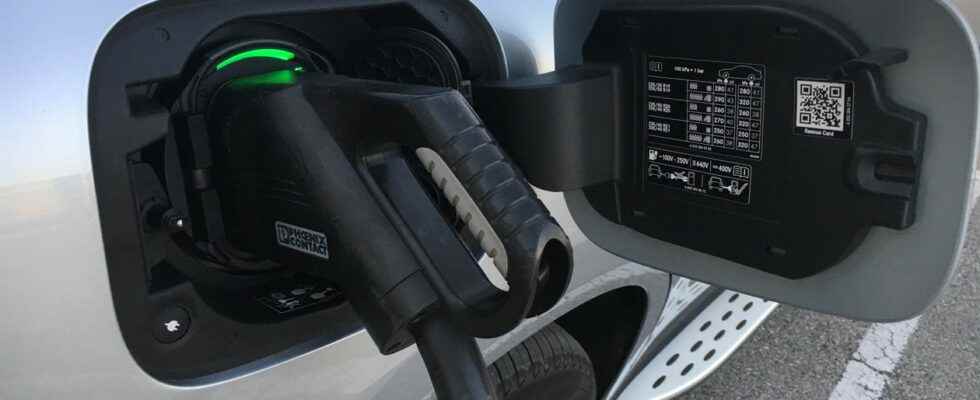The signs continue to point to saying goodbye to combustion engines and the switch to electromobility: In a “trialogue” process, the EU Commission, EU Parliament and EU Council of Ministers have decided that from 2035 new passenger cars will be registered that also only emit one gram of CO2 during operation , to disallow. And yet everything can change again.
But for now the decision seems clear. Climate Commissioner Frans Timmermans praises the first step of the “Fit for 55” ban package: “The agreement sends a strong signal to consumers and industry.” , are not counted towards the limit values. This means that consumers and industry no longer have the incentive to massively reduce CO2 emissions in this way. Because another check is scheduled for 2026, in which the actual emissions are to be examined and synthetic fuels are to be re-evaluated. And then there could also be another discussion about the emissions that occur not only during the production and disposal of electric cars, but also during the relatively short service life of electric vehicles. Because the production of the electricity that drives them results in high CO2 emissions in many European countries. The current decision is already being criticized. Brussels has “missed a great opportunity to shape the future of individual mobility in a way that is open to technology,” says Jürgen Karpinski, President of the Central Association of the German Motor Trade (ZDK). Uniti, the lobby of medium-sized oil companies, even speaks of a “setback for climate protection”. The association of the automotive industry laconically states that ambitious goals have been set without creating the necessary conditions. The VDA refers to the inadequate charging infrastructure, threatening geopolitical dependencies and deficits in “renewable energies”. “In order to actually achieve diversification and resilience, a technology-neutral approach must be guaranteed,” warns Association President Hildegard Müller. This also included synthetic fuels. With PHEVs, the buck becomes a gardener Even before 2035, the limits for consumption and emissions will be significantly tightened again. Plug-in hybrids (PHEV) in particular will benefit from this, the real consumption of which is regularly much worse than the standard values because too many owners operate as pure combustion engines. Economical and affordable petrol and diesel engines without hybridization are likely to be subject to fines. While Europe continues to aggressively ban classic drives, China has given up its strict commitment to e-mobility; Politics and industry there are now back to new, clean combustion engines. And in North America, the debate about the high electrical quotas that President Joe Biden is aiming for has reached the election campaign. (Jens Meiners/cen)
source site-13
